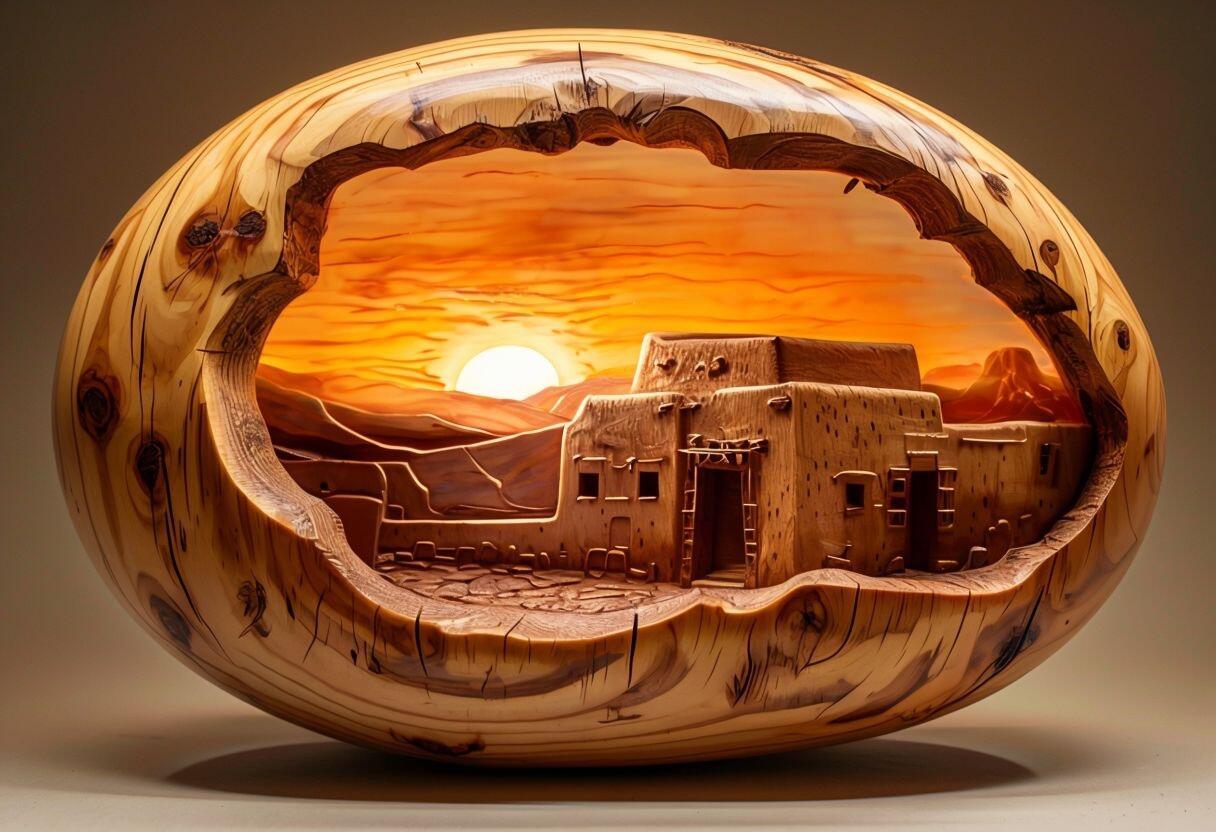The American Indian family unit has historically been a cornerstone of Indigenous societies, serving as the foundation for social structure, cultural preservation, and survival. Unlike the nuclear family model prevalent in contemporary Western societies, American Indian family units often embraced an extended family structure that emphasized collective responsibility, interconnectedness, and communal living.
Extended Family Structures
In many American Indian tribes, the family was not confined to parents and children but included grandparents, aunts, uncles, cousins, and even non-blood relatives who were considered family through bonds of friendship or ceremonial ties. This extended family network often formed a clan system, which served as a social and governing structure. Clans provided identity, roles, and responsibilities, ensuring the well-being of the entire group.
For example, in matrilineal societies like the Iroquois, lineage and inheritance were passed through the mother’s line, and women played key roles in decision-making processes. In patrilineal societies, such as the Lakota, lineage followed the father’s line, but collaboration and mutual respect were central to maintaining balance in family dynamics.
Shared Responsibilities
The American Indian family operated as a cooperative unit where everyone contributed to the group’s survival and well-being. Men often hunted, fished, and protected the community, while women were responsible for gathering, farming, cooking, and raising children. Elders played a vital role as the keepers of knowledge and oral traditions, passing down stories, teachings, and cultural practices to younger generations.
Children were raised not only by their parents but by the entire community. This collective upbringing instilled values such as respect, humility, and a deep connection to nature. Discipline was often handled through storytelling and guidance rather than punishment, emphasizing learning and growth.
Communal Living
Many American Indian families lived together in communal dwellings, such as longhouses, wigwams, or tipis, depending on the tribe and environment. These structures were designed to accommodate multiple families and foster a sense of unity and cooperation. For example:
• The Iroquois longhouse could house several families from the same clan, with each family occupying a section while sharing central cooking and gathering spaces.
• Plains tribes, such as the Sioux, used tipis for mobility, enabling families to follow buffalo migrations.
• In the Southwest, the Pueblo peoples constructed multi-storied adobe homes, where extended families lived in interconnected rooms.
This close living arrangement reinforced bonds between family members and the broader community, ensuring that no one was left isolated or unsupported.
Cultural and Spiritual Significance
Family life was deeply intertwined with cultural and spiritual practices. Ceremonies and rituals often revolved around the family unit, marking important life events such as births, coming-of-age milestones, marriages, and deaths. These rituals emphasized the sacred nature of family connections and the interdependence of all members within the community.
Additionally, many tribes viewed the Earth and all living beings as part of an extended family. This worldview fostered respect for the natural world and reinforced the idea that humans are stewards of the environment, tasked with preserving it for future generations.
Modern Implications
Despite centuries of disruption caused by colonization, forced assimilation, and government policies such as the boarding school system, the values of American Indian family units remain resilient. Today, many Indigenous families continue to emphasize extended family ties, communal living, and the importance of cultural traditions. Efforts to revitalize Indigenous languages, ceremonies, and clan systems have further strengthened the role of the family unit as a vessel for cultural preservation.
Conclusion
The American Indian family unit was and continues to be a vital element of tribal societies. Rooted in collective responsibility, shared living, and cultural continuity, these family structures reflect a deep commitment to community and interconnectedness. Understanding and honoring these family dynamics offers valuable insights into Indigenous ways of life and the enduring strength of American Indian cultures.
#AmericanIndianHeritage #IndigenousCulture #FamilyUnity #NativeTraditions #CommunityLiving #CulturalPreservation #TribalValues #nostr

